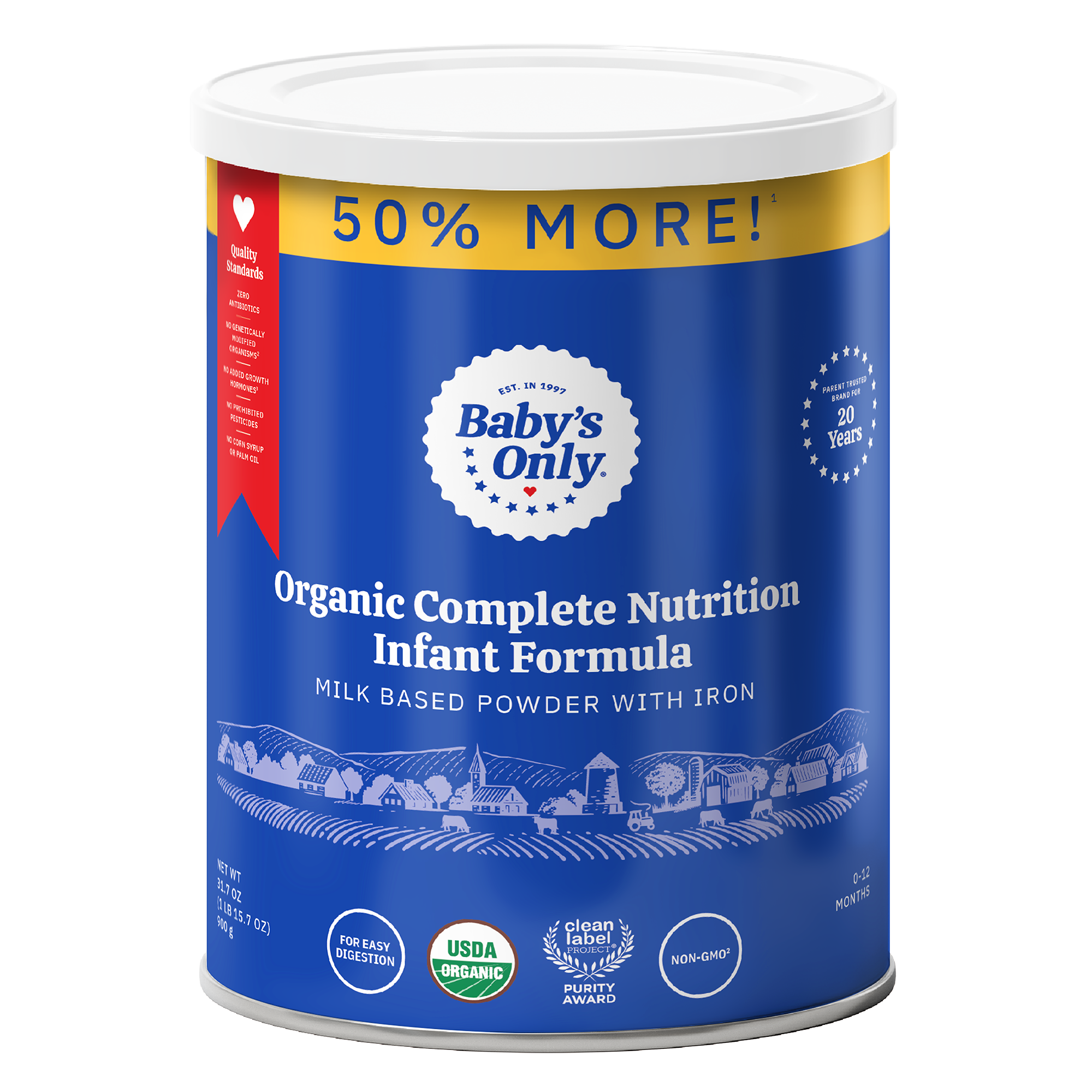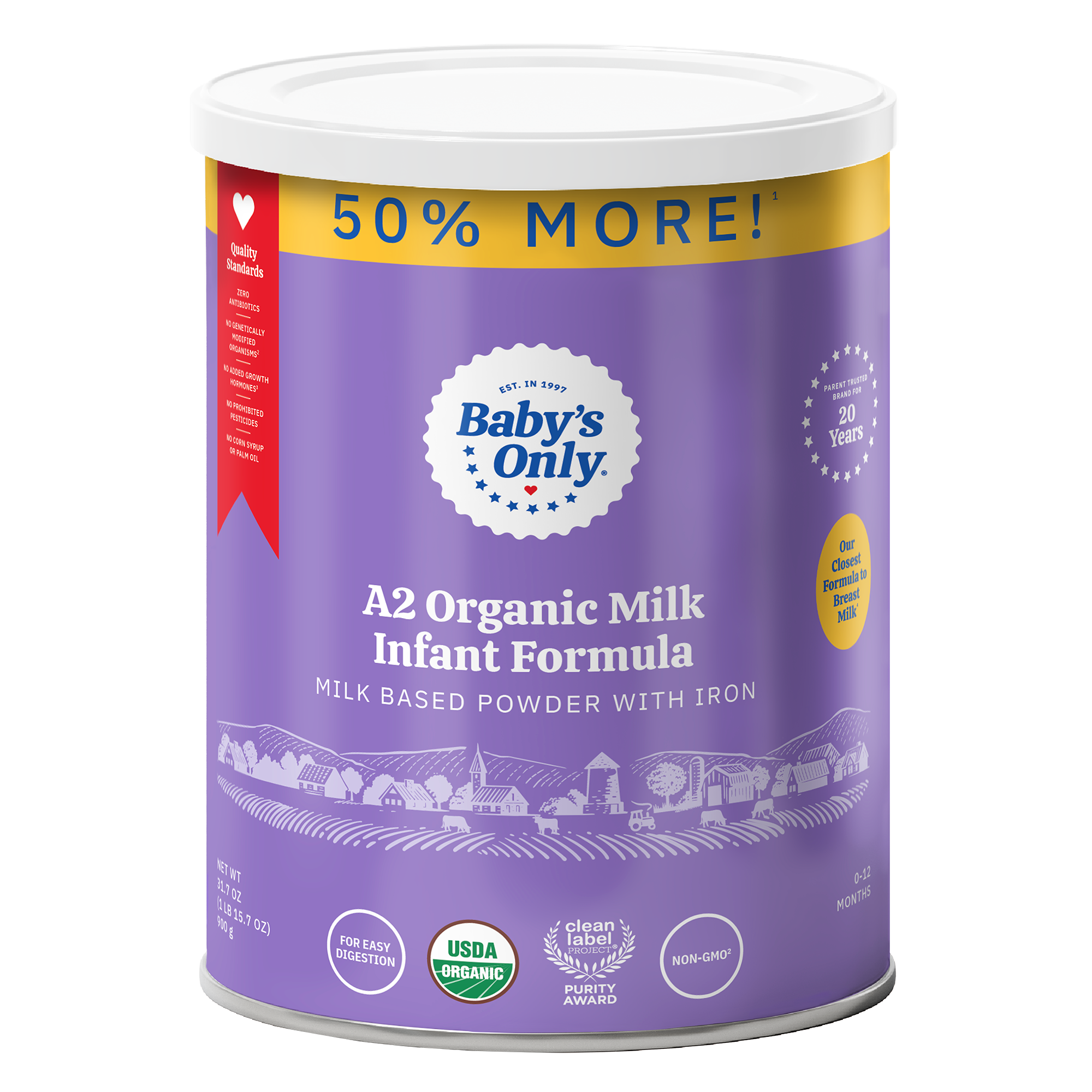The history of baby formula
We didn’t always have so many options available to us. How did we get here? A little history for you…
When was baby formula invented?
Formula regulations
Baby formula and marketing messaging
Introduction of Organic Formulas
To sum it up:
Sources:
https://www.ncbi.nlm.nih.gov/pmc/articles/PMC2684040/
https://www.contemporarypediatrics.com/pediatrics/concise-history-infant-formula-twists-and-turns-included
https://fedisbest.org/



